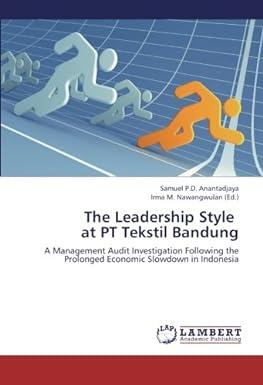6.4 Another useful tool for policy analysis is to calculate the equivalent and compensating variation associated with a policy change. Equivalent variation measures a consumer "willingness to pay" for a policy change under the original prices. Compensating variation measures the amount that would make the consumer just as well off as he originally was under the new prices. How valuable is the previous tax break to the consumer under the original (true, unsubsidized) prices? Return the green budget set to m=$150 k and p=0.666. The value of the policy to the consumer is the difference in his original income and the income necessary to achieve the new utility level at the original prices. Well, that is just the intercept of the red budget set minus the original income. What change in income would make the consumer just as well off as originally under the subsidized prices? The easiest way to graph this is to move the green budget set so it is tangent to the original (blue) indifference curve. The new green intercept less the original income is the amount of compensation (here a negative amount) the consumer needs to return to the original utility level Note that the willingness to pay is not necessarily the negative of the compensation. This may be distressing, but it comes from the fact that they are evaluating the policy at different prices (values per unit). The measure of consumer surplus that you should be familiar with (change in area under a demand curve resulting from a price change) approximates these values and lies between them. For the next few exercises use the Mathematica model called Pure Exchange EB. When you start the program, it shows an economy in general equilibrium. The size of the Edgeworth Box is 1.00 by 1.00. You can think of this as a normalization of the social endowment so that one unit of X, is 100% of the total horizontal axis good available to society and one unit of xis 100% of the total vertical axis good available to society. Allocations then represent a percent of the social endowment of each commodity going to person A and B. The price ratio represents the percentage of good two that a consumer must forego to obtain one more percent of good one. This kind of normalization can always be done, so the 1.00 by 1.00 Edgeworth Box can represent any possible endowments of the goods: it is completely general 6.4 Another useful tool for policy analysis is to calculate the equivalent and compensating variation associated with a policy change. Equivalent variation measures a consumer "willingness to pay" for a policy change under the original prices. Compensating variation measures the amount that would make the consumer just as well off as he originally was under the new prices. How valuable is the previous tax break to the consumer under the original (true, unsubsidized) prices? Return the green budget set to m=$150 k and p=0.666. The value of the policy to the consumer is the difference in his original income and the income necessary to achieve the new utility level at the original prices. Well, that is just the intercept of the red budget set minus the original income. What change in income would make the consumer just as well off as originally under the subsidized prices? The easiest way to graph this is to move the green budget set so it is tangent to the original (blue) indifference curve. The new green intercept less the original income is the amount of compensation (here a negative amount) the consumer needs to return to the original utility level Note that the willingness to pay is not necessarily the negative of the compensation. This may be distressing, but it comes from the fact that they are evaluating the policy at different prices (values per unit). The measure of consumer surplus that you should be familiar with (change in area under a demand curve resulting from a price change) approximates these values and lies between them. For the next few exercises use the Mathematica model called Pure Exchange EB. When you start the program, it shows an economy in general equilibrium. The size of the Edgeworth Box is 1.00 by 1.00. You can think of this as a normalization of the social endowment so that one unit of X, is 100% of the total horizontal axis good available to society and one unit of xis 100% of the total vertical axis good available to society. Allocations then represent a percent of the social endowment of each commodity going to person A and B. The price ratio represents the percentage of good two that a consumer must forego to obtain one more percent of good one. This kind of normalization can always be done, so the 1.00 by 1.00 Edgeworth Box can represent any possible endowments of the goods: it is completely general







